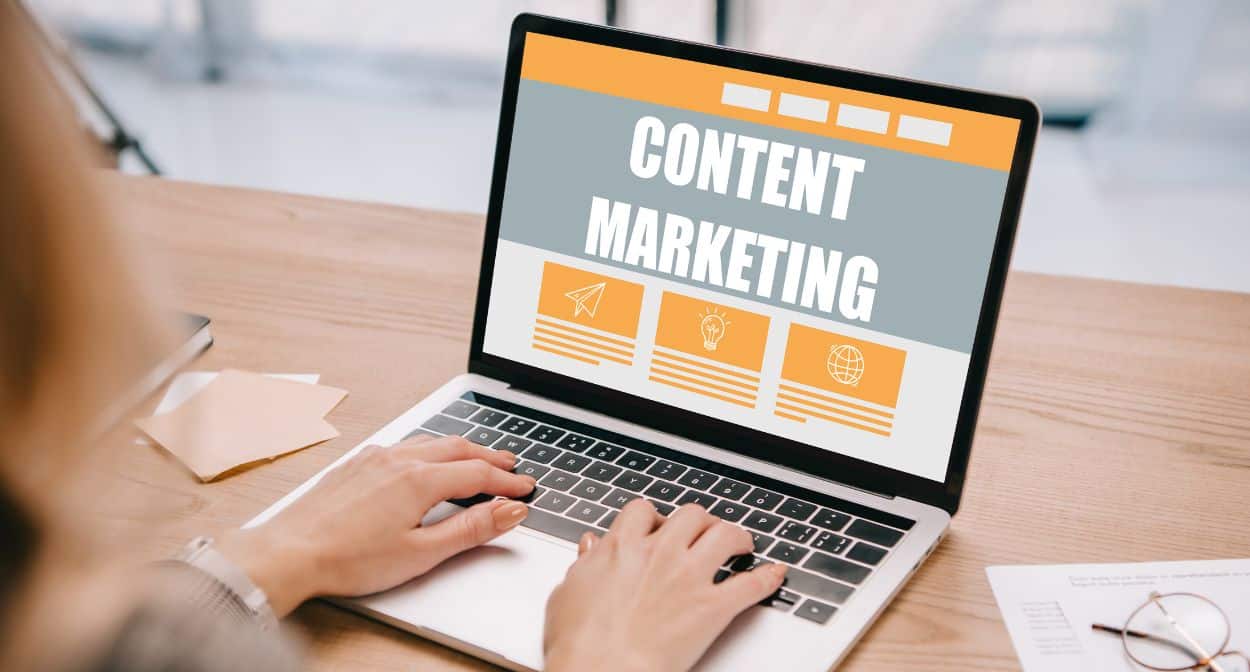1. Developing High-Quality Blog Posts

Key Blog Post Ideas:
- Epoxy Flooring Benefits: Write detailed posts about why epoxy flooring is ideal for various environments (like garages, commercial spaces, or industrial settings), explaining benefits like durability, easy maintenance, and aesthetic appeal.
- Project Case Studies: Case studies are a fantastic way to showcase successful projects. A blog post can outline the challenges, the specific solutions provided, and the project’s outcomes.
- Maintenance and Care Tips: Help customers maintain their epoxy floors by offering cleaning and maintenance tips, including how to handle spills or scratches.
- Cost Comparisons: Many customers want to know if epoxy is cost-effective. Write posts comparing epoxy flooring with other options, detailing upfront costs, maintenance, and longevity.
By regularly publishing blog content and sharing it across social media channels, epoxy flooring companies can improve SEO, attract organic traffic, and provide value to prospective customers.
2. Creating Engaging Videos

Video content is highly effective in engaging audiences and visually demonstrating the process and impact of epoxy flooring. Since video content can be easily shared across social media, it’s a great way to boost visibility and brand recognition.
Types of Video Content to Consider:
- Process Videos: Show behind-the-scenes videos of the installation process, highlighting each step from preparation to the final coating. This not only demonstrates expertise but also helps customers understand the quality and effort involved.
- Before-and-After Transformations: Before-and-after videos are visually powerful, showcasing the transformation from a worn-out floor to a glossy, polished epoxy finish. This can be especially compelling for potential customers who want to see real results.
- Educational Videos: Videos explaining epoxy flooring benefits, maintenance tips, or the differences between epoxy and other types of flooring can help customers make informed decisions.
When creating video content, optimize it for SEO by including keywords in titles, descriptions, and tags, and ensure it’s shareable across various platforms like YouTube, Instagram, and Facebook.
3. Publishing Comprehensive Guides

Longer-form content like guides or whitepapers can offer in-depth information for customers considering epoxy flooring. By offering downloadable guides, companies can provide value to their audience while capturing leads. For example, companies can require visitors to provide their email address to access the guide, effectively building their email list for future marketing.
Guide Ideas:
- The Ultimate Guide to Epoxy Flooring: Cover everything from the types of epoxy coatings available to their benefits, application processes, and maintenance. This can act as a “one-stop-shop” for interested customers.
- Maintenance and Care Handbook: A guide detailing how to keep epoxy floors looking their best over time, what cleaning agents to use, and how to prevent damage can be a valuable resource.
- Cost and ROI of Epoxy Flooring: Potential customers will appreciate a guide that breaks down the initial costs, maintenance expenses, and the long-term value that epoxy flooring provides over other types of flooring.
These guides can be formatted as downloadable PDFs or interactive web content, offering value while giving customers a reason to stay on the company’s website.
4. Showcasing Before-and-After Projects

One of the best ways to convert potential customers is to show real results. Before-and-after projects demonstrate what epoxy flooring can achieve in various spaces and inspire confidence in the company’s capabilities. Visuals make a powerful statement and can speak volumes to prospective customers without needing lengthy explanations.
Tips for Creating Effective Before-and-After Content:
- High-Quality Photos and Videos: Capture high-resolution images and videos of the space before, during, and after the project. Quality visuals highlight the transformation and provide credibility.
- Customer Testimonials: Pair before-and-after images with customer testimonials. Customers’ words can validate the results and demonstrate satisfaction.
- Descriptive Captions: Explain the specifics of each project. Describe the flooring issues before installation, the process, and the finished result. Mentioning any unique techniques or materials used can add to the narrative.
These visuals can be shared on social media, included in blog posts, and used in email marketing campaigns to showcase the company’s work.
5. Educating Customers About Epoxy Flooring Benefits

Effective Educational Content Ideas:
- Environmental Benefits: Customers are increasingly interested in eco-friendly solutions. Highlight the environmentally friendly aspects of epoxy flooring, such as the longevity and low maintenance requirements.
- Health and Safety Benefits: Many people do not realize that epoxy flooring can improve air quality by reducing dust and allergens. Inform customers about health benefits, especially for commercial spaces.
- Durability and Versatility: Explain how epoxy flooring can handle high traffic, resist chemicals, and maintain an attractive appearance over time.
Educational content can be integrated into blogs, videos, guides, and social media posts to consistently inform potential customers about the advantages of epoxy flooring.
Conclusion
A well-rounded content marketing strategy is essential for epoxy flooring companies to reach their target audience and differentiate themselves in a competitive market. By creating valuable blog posts, engaging videos, comprehensive guides, and visually compelling before-and-after showcases, companies can educate potential customers and demonstrate their expertise. As epoxy flooring companies invest in these content marketing strategies, they not only boost brand visibility but also position themselves as trusted authorities, leading to higher engagement, stronger customer relationships, and increased conversions.


